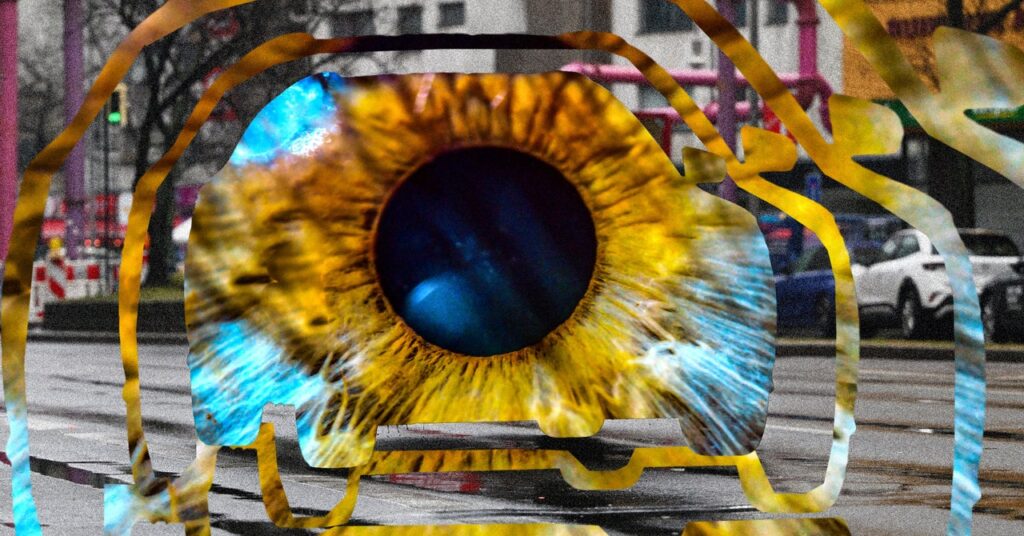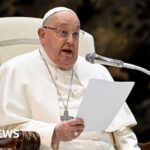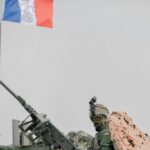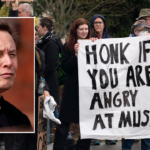Strictly speaking, God’s Eye is the camera, ultrasonic radar, and lidar array alone, split into A, B, and C variants, with A being best. The system’s operating software is known as DiPilot, introduced in 2020 on the BYD Han, and now with the good, better, and best tiers of DiPilot 100, 300, and 600.
God’s Eye A ships with DiPilot 600 and bristles with high-end cameras and radar, and front- and side-facing lidar sensors. This best system will be fitted to BYD’s luxury Yangwang EVs, including the U9 supercar. “The video of the U9 [on the track] was theater,” believes Rainford, who hasn’t heard of any autonomous driving system that can “make a car’s tires squeal around corners.”
Rainford adds that BYD is playing catch-up: “2024 was a breakout year for urban-level autonomous driving systems in China, with the front-runners of Li Auto, XPeng, Nio, and Huawei joined by rivals such as Zeekr, Wey, and even more affordable brands like Leapmotor.”
God’s Eye B has cameras, radar, and one lidar unit married to DiPilot 300, and will be fitted to Denza, Song, and BYD’s other high-end cars. Both A and B God’s Eye systems offer FSD-style L2+ ADAS driving.
God’s Eye C with DiPilot 100 has cameras and radar, but no lidar, which could be akin to worshipping a “God with nearsightedness,” Peter Norton, associate professor of history in the Department of Engineering and Society at the University of Virginia, tells WIRED.
“Like Tesla’s FSD, drivers with God’s Eye C aren’t supposed to use it away from divided highways. But presumably some BYD drivers, like some Tesla drivers, will use it on ordinary roads anyway—with sometimes potentially lethal consequences,” says Norton, author of a book on autonomous driving. He worries that BYD’s use of divine terminology could lead to a false sense of security. “There’s no attempt to caution drivers about the system’s limitations,” he stresses.
Rainford, too, cautions that God’s Eye isn’t yet perfect. “It’s way overhyped,” he says, pointing to the glowing press coverage of last week’s launch. “I drove DiPilot 100 last year on the BYD Song L, and it was far from great, requiring lever-activated overtakes. Even on the freeway it was not even close to the [LDAS] market leaders in China.”
Even though it’s not yet allowed in China, Tesla’s FSD is believed by some to be technically inferior because it relies solely on cameras and AI, rather than lidar and other sensors.
“Tesla has been overselling the effectiveness of its technology for years,” Michael Brooks, executive director of the nonprofit Center for Auto Safety, told NPR last month. “And a lot of people buy into that. They’re kind of wrapped up in this belief that this is an autonomous vehicle, because it’s tweeted about that way.”
Musk has been promising the imminent arrival of fully autonomous cars since at least 2016. At a Tesla shareholder meeting last year, Musk claimed the number of miles that FSD can drive without human intervention has increased. “It’s headed towards unsupervised full self-driving very quickly, at an exponential pace,” Musk claimed.







